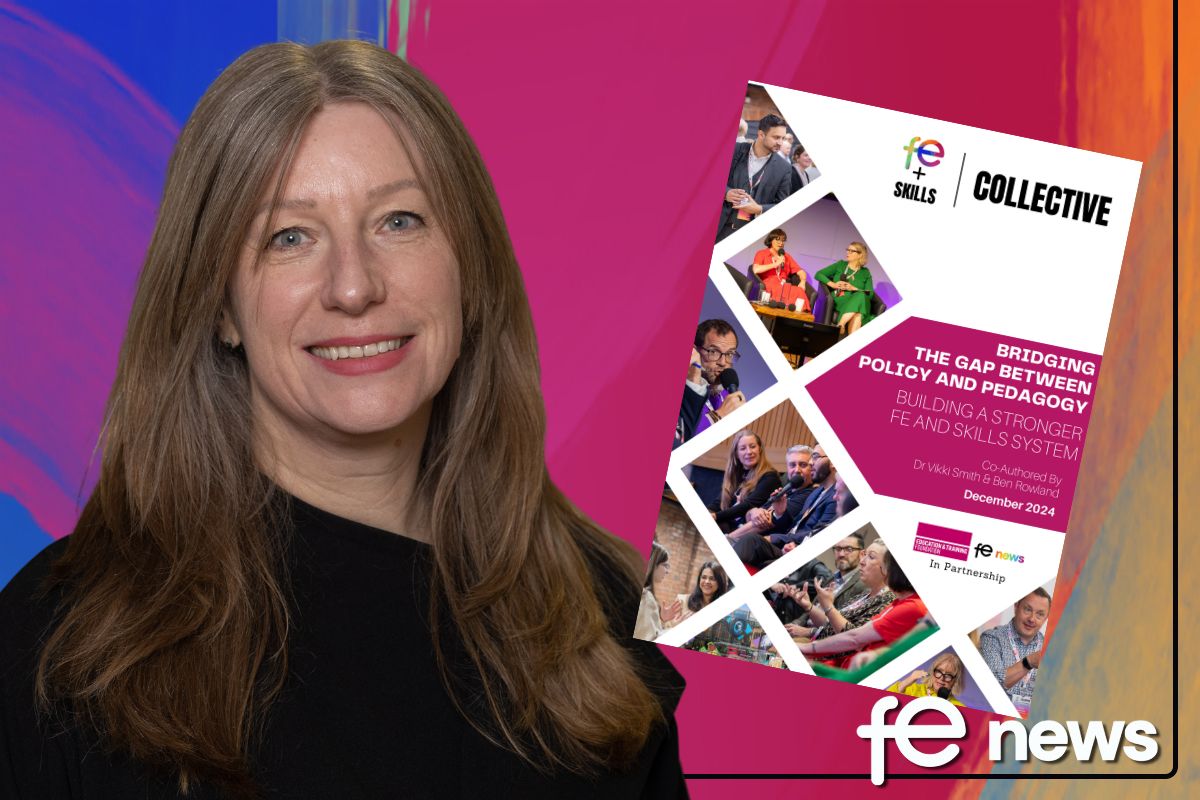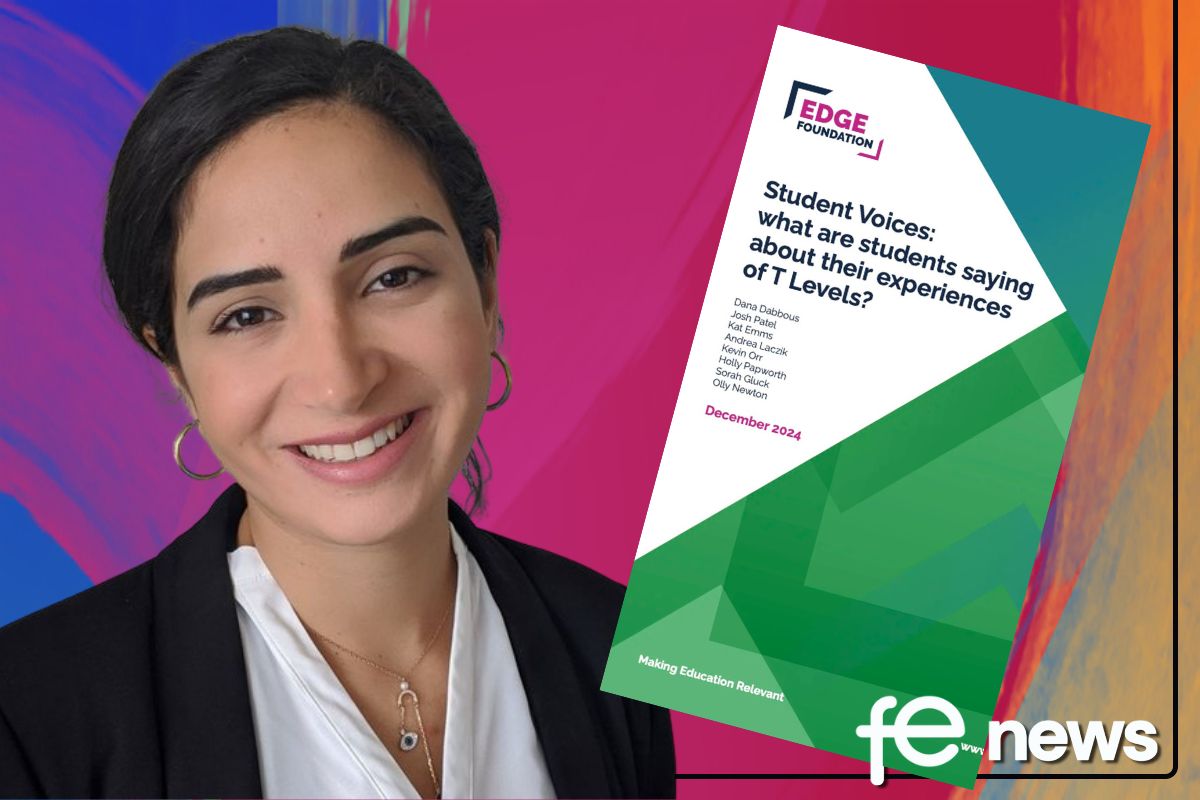How the pandemic has reimagined education for the better

The closure of schools and universities will, perhaps, be one of the enduring memories of Covid-19 for billions of learners, parents, and teachers around the world. The herculean effort of educators to deliver curriculums remotely, aided by technology, resulted in a complete transformation of teaching and learning. With in-person learning reinstated, processes and technologies adopted during the pandemic still have a vital role to play in delivering enhanced learning experiences.
The goal for educators post-lockdown is to provide a rich learning environment that can inspire, engage and increase inclusivity. As a result of tech-enabled teaching during lockdown, educators are open to the benefits of education technology, in and out of the classroom.
As Universities UK summarises, “the rapid shift to digital teaching and learning during the pandemic provided a lot of opportunity for innovation and creativity. This isn’t to underplay experiences of disruption and hardship, but it has brought about positive change”.
The question is, what role does technology play in our post-pandemic learning environments, and how can it enhance educational experiences for all?
Promoting educational inclusivity
Reflecting on the future of education, global humanitarian agency Unicef recently concluded, “Unlocking digital learning for all children has the potential to create societies that are both more inclusive and more prosperous. As education systems recover from COVID-19 school closures, we can choose to reimagine education and address the learning crisis – to expand opportunity for millions of children and young people…”
Digital tools provide opportunities to increase inclusivity for learners in myriad ways. From ‘always-on’ syllabus access and integrated digital information resources, students have greater means to self-direct their learning, in their own time, at their own pace.
According to the World Economic Forum, online learning has been shown to increase retention of information, providing opportunities for self-paced learning, which alongside adaptive learning software, promote inclusivity across a range of learning needs.
In this way, digital access through online platforms and the use of proven educational technologies can serve as a great equaliser. You can now learn from anyway, collaborate, and communicate with classmates, teachers, and lecturers in real-time while having access to creative learning experiences that align with different learning styles.
For example, universities have reported that the move away from traditional, in-person exams to online assessments during the pandemic led students to report less assessment anxiety, providing mental health benefits and promoting recognition of different approaches to learning. 61% of undergraduate students would like assessments delivered online or through a combination of online and in-person. Now, many universities intend to increase online assessment to capitalise on these benefits.
Upgrading student experience
While technology should not replace teachers, students want technology-enhanced educational experiences. For example, over 65% of students want a blend of in-person and online teaching going forward.
Young people and their parents increasingly expect personalised services that cater to their specific needs, and education is no exception. However, some education providers have fallen behind the private sector in engaging technologies that enable personalised, fluid experiences. As explored by Jisc in a recent report, ‘student demands and expectations for digital learning will continue to increase even after Covid-19, and organisations are already competing with global technologies used by students at home’.
Cloud technologies can help bridge the gap between teacher and student and in-class and at-home experiences. It can also act as a tool of engagement with parents, where required, and streamline communication, making interactions personal and meaningful. This promotes greater engagement alongside greater inclusivity, tying the threads of student experience and outcomes together.
Helping teachers love their work
The pressure of teacher workload is a known issue for schools, with the National Education Union (NEU) saying 70% of its members reported an increased workload over the past year, with almost all respondents (95%) saying they are worried about the impact of this on their wellbeing.
The role of technology in education isn’t just about the student experience, it is also about supporting teachers to be their best. It is about allowing them to focus on their mission, to deliver great learning experiences reducing the hassle of necessary but repetitive and time-draining admin.
For example, by automating avoidable student, staff, and parent interactions, technology can automate repetitive processes, keeping operational costs as low as possible while increasing overall efficiency. Other benefits can include a reduction in marking time through automated marking, support with lesson planning, and access to student data, with greater, instant access to information on progress and achievement.
The NEU’s research showed that nearly 40% of teachers saw reducing data handling as a key way to make workloads more manageable, while a third wanted to change the approach to marking and feedback or keep a new process used during the pandemic. This demonstrates that teachers too are not keen on turning their backs on new tech-enabled approaches adopted during the pandemic, but wish to engage tech further to reduce the issues that cause them stress. Deployed correctly, with their involvement, technologies can help teachers love their work, focused on their students.
Time to shine
Diamonds are made under pressure, and the experience of the education sector during the pandemic is a demonstration of how innovation and collaboration during crisis can result in long-term positive transformation. The last two years have been the most comprehensive stress test the sector could have gone through. Now we are on the other side the benefits will be reaped. The sector embraced new technology rapidly, and neither students nor teachers want to go back.
As Ian Dunn, Provost, Coventry University argues, “ Technology can support both
students and academics to not just enable but also enhance learning so that the experience can be a joyful and fulfilling one. Technology that can support the personalisation of the
learning journey. Technology that can help build a stronger, more inclusive community.”
After two years of crisis, now is the time to put our learnings about technology to even greater use. Now is the time to shine.
By Fraser Sutherland – Head of Government & Education at Maintel











Responses